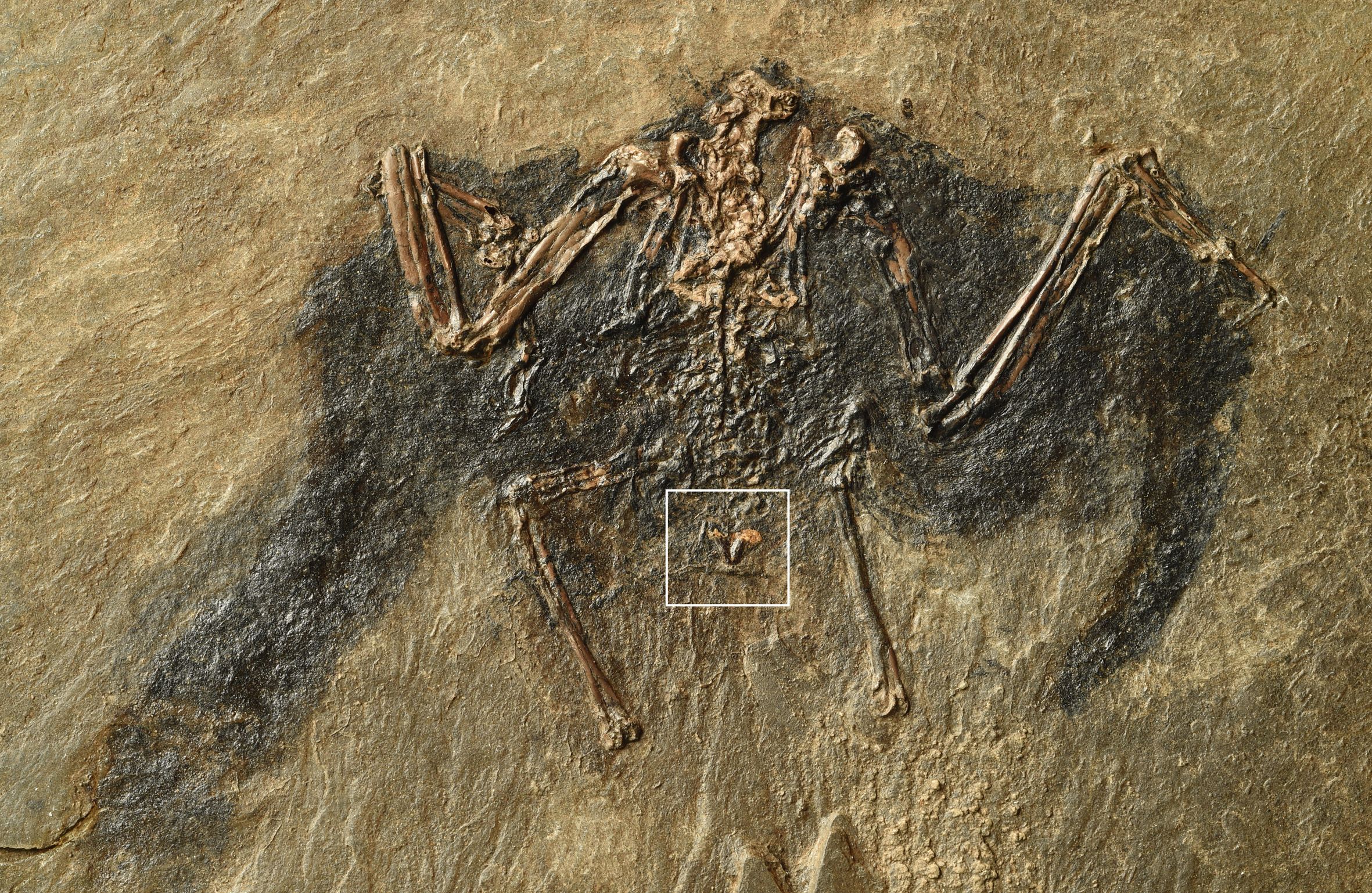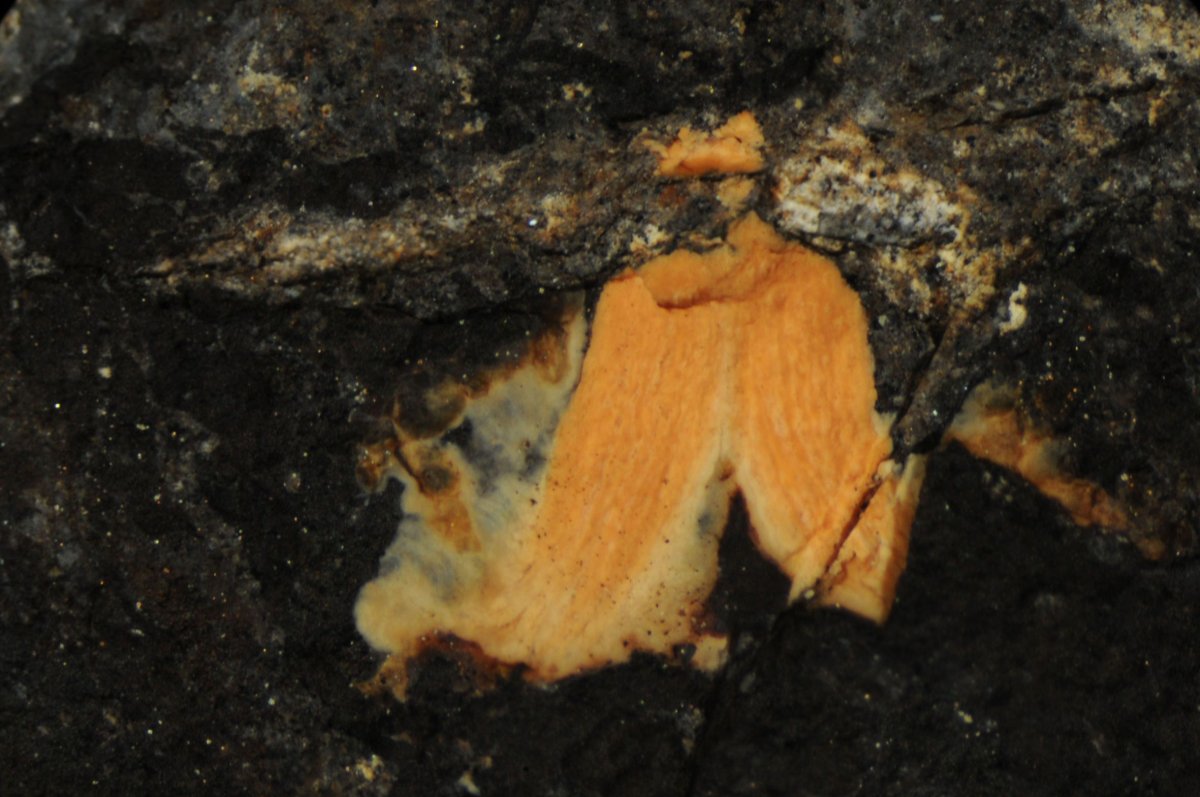
Soft tissues are the first to decompose in a dead animal, making it very difficult to find fossils that include them. In an unprecedented discovery, paleontologists found exactly that in a 48-million-year-old bird: a single oil gland at the base of the animal's spine.
The fossil contained very little of the soft tissue of the animal, such as skin or organs—there was nearly nothing except for bones and the imprint of feathers, plus the time-hardened oil gland.
Because the oil gland managed to survive millions of years, paleontologists can use it to understand the differences between ancient fossil birds and modern ones. The useful component here isn't DNA; this genetic molecule is fragile and would not be well-preserved in the soft tissue gland. Instead, the scientists could focus on the lipid itself, with a chemical analysis of the molecules in the oil gland.
The chemical signature proves that the lipid is a different substance than the surrounding fossil and rock. They don't know why the gland was able to survive for so long, but suspect that the antibacterial properties of the oil could have helped it stave off decomposition.

The dating on the fossil confirms that it is one of the oldest uropygial glands, or "preen" glands ever found. Birds use the oil from their uropygial glands to preen their feathers. They reach their beaks back to the base of their tails to collect oil and distribute them on their feathers. The exact function of the oil is not perfectly understood, and may vary among different species of birds, but it may act as a sort of hair conditioner, keeping the feathers clean and soft.
Only in rare circumstances can soft animal tissue be preserved, and the reason that such a creature was found is because of the unique qualities of the area where it died. Specifically, the animal died in Messel Pit, a UNESCO World Heritage in Germany site that contains fossils of horses, giant snakes and hummingbirds—all exceedingly well-preserved.
"Regarding preservation of soft tissues, it's one of the most exceptional sites," Gerard Mayr told Newsweek. Mayr is an ornithologist at Senckenberg Research Institute and Nature Museum Frankfurt. Once an animal carcass is covered with sediment, the anaerobic (without air) conditions of the soil keep parts of it preserved while minimizing decomposition.
The report was published today in the Journal Royal Society Proceedings B.
Uncommon Knowledge
Newsweek is committed to challenging conventional wisdom and finding connections in the search for common ground.
Newsweek is committed to challenging conventional wisdom and finding connections in the search for common ground.
About the writer
Kristin is a science journalist in New York who has lived in DC, Boston, LA, and the SF Bay Area. ... Read more
To read how Newsweek uses AI as a newsroom tool, Click here.








